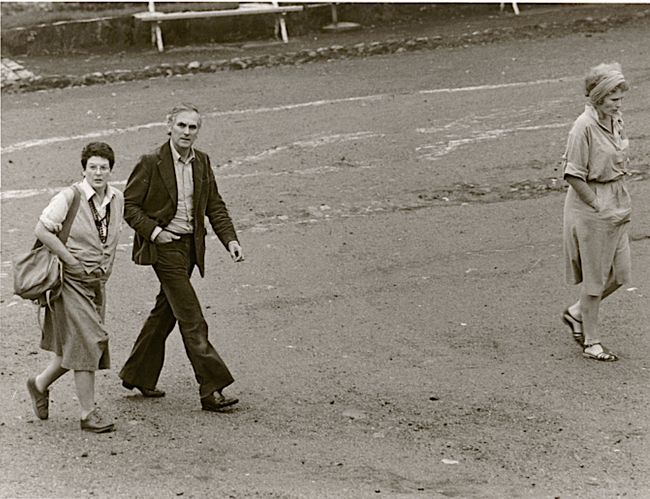It is now six years since Phyllis and I assisted, in Helsinki, in the birth of the International Confederation of Architectural Museums which we call ICAM. Today, ICAM is the body deputed to represent such museums the world over and our growth is a phenomenon. We have recently seen the Deutsches Architekturmuseum opening in Frankfurt. We know of the impending completion of the Musée du XIXe siècle at the Quai d’Orsay in Paris and hear of plans for a French National Architectural Museum, from France to… for a Dutch architectural museum in either Rotterdam or Amsterdam.
Now we might ask why, why now, why so late after museums of art, or industry, or air have long since been a reality being established. It is all to do, I think, with events that have mushroomed as recently as about 1972, events that concern the vox populi, the people demanding a vote on their environment. Of course, there have been protests in the past but always elitist, always by small groups. The explosion of popular protest, the grassroots response to what is happening to our environment is quite modern. Helsinki, Moscow, Stockholm, Washington have their architectural or building museums. Generally, they are state-supported and their functions vary considerably. Indeed, so much of a variance that we in ICAM use that word “confederation” to imply something loose-knit, as embracing not only the museum idea but architectural libraries, representatives of professions, national architectural photographs archives, teaching institutions that proselytize, or national libraries with large architectural resources.
In Helsinki, we long debated as to what properly constitutes an architectural museum. We all imagined ourselves guardians of what we thought were inadvertent comas, architectural museums. We dreamed of the opportunity of making buildings especially designed to accommodate all the tasks that this ideal museum should perform for the community, to improve the quality of the new built environment, to act in the conservation of the historically old, to advance the study of architectural history, to be a powerful educating force for both public and private good, and to assist in all this, to have the best library, archives and collections. Now in Helsinki I noticed a hard right gleam in Phyllis’s eye, as if to say: if I have my way, Canada, Québec, Montréal will have the first proper new built architectural museum to accommodate all these functions and ideals. I think it is interesting it should be here in Montréal, for here is a city that serves as a case study as to how we should treat our habitat.
Yet at the same time, through the powerhouse that the CCA will become, the lessons learned here will be applicable the world over…in Budapest, in Singapore, Buenos Aires, Lisbon. Indeed, I could use John Evelyn’s words written about 1650 when he described the English country house as “an epitome of the whole world.” So will CCA be an epitome of the world of architectural museums.
